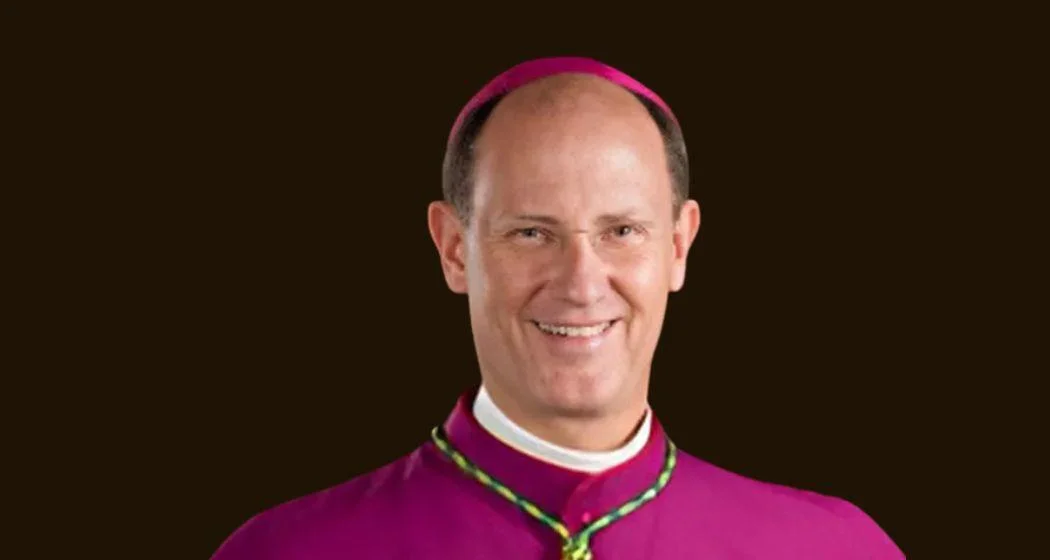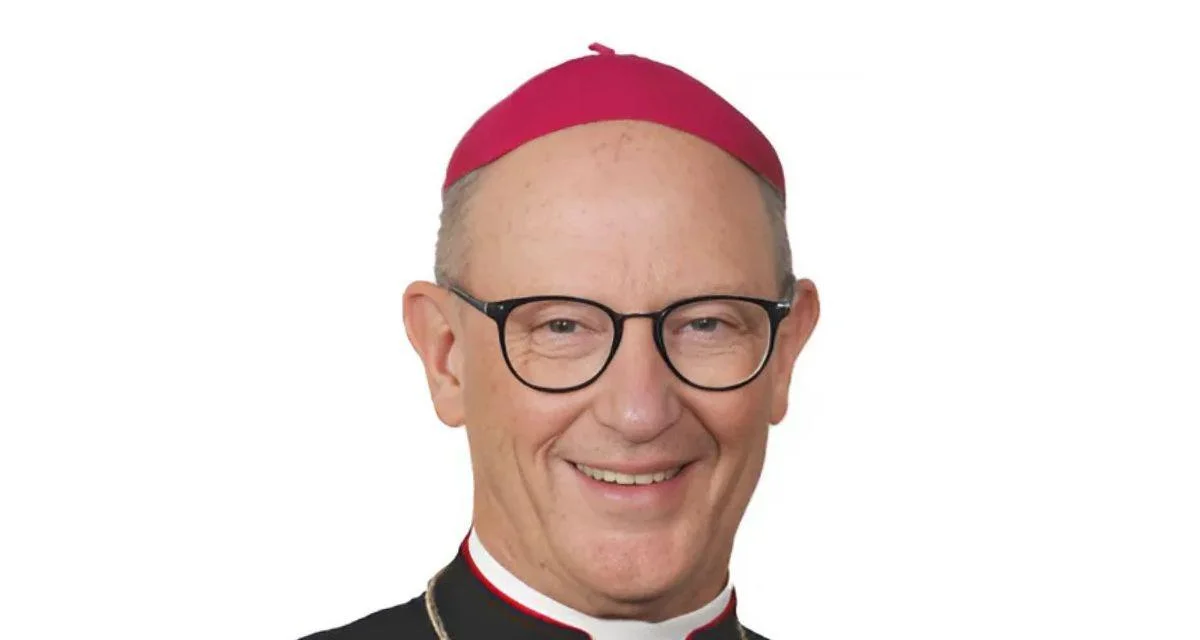
Rev. James D. Conley, D.D., S.T.L. | Diocese of Lincoln website
Fifth-grade students at St. Teresa School in Lincoln, led by their teacher Sr. Mary Faustina, C.K., participated in a "living rosary" on October 7 to commemorate the feast of Our Lady of the Rosary. The event involved students acting out the Sorrowful Mysteries while others held roses during each prayer.
The Church observes this feast day on October 7, honoring a naval victory in the 16th century that protected Europe from Turkish invasion. Pope St. Pius V credited this victory to the intercession of the Blessed Virgin Mary, who was invoked through widespread Rosary prayers across Europe.
Pope Leo XIII expressed strong devotion to Our Lady of the Rosary, issuing 11 encyclicals about its significance. In his first encyclical from 1883, he referenced an ancient Marian prayer, stating: “It has always been the habit of Catholics in danger and in troublous times to fly for refuge to Mary.”
He continued: “This devotion, so great and so confident, to the august Queen of Heaven,” adding that it shone brightly when “the militant Church of God has seemed to be endangered by... heresy... or by an intolerable moral corruption.” The battle of Lepanto is noted as a significant moment where such devotion played a crucial role.
The Turkish Ottoman Empire had expanded into Christian territories by 1453 and aimed further westward into Europe. After capturing Cyprus in 1570 and failing at Malta, three Catholic powers—Genoa, Spain, and the Papal States—formed the Holy League to counteract Turkish advances. Their fleets met near Greece on October 7, 1571.
Crew members aboard over 200 ships prayed the rosary before battle as Christians across Europe did likewise upon encouragement from Pope Pius V. Reports suggest he received a miraculous vision confirming their victory when informed that nearly all Turkish ships were defeated or captured.
Military historian John F. Guilmartin Jr. remarked: “Turkish victory at Lepanto would have been a catastrophe... for Christendom,” indicating Europe's history might have diverged significantly otherwise.
Traditionally attributed to St. Dominic (died 1221), the rosary consists of recitations like the Creed and various prayers focusing on mysteries related to Christ’s life and Mary's witness. Many parts derive directly from Scripture passages found in Matthew and Luke.
The structure includes five decades with specific prayers repeated while meditating on different aspects of faith divided into joyful, luminous, sorrowful, and glorious mysteries—most having biblical roots.



 Alerts Sign-up
Alerts Sign-up